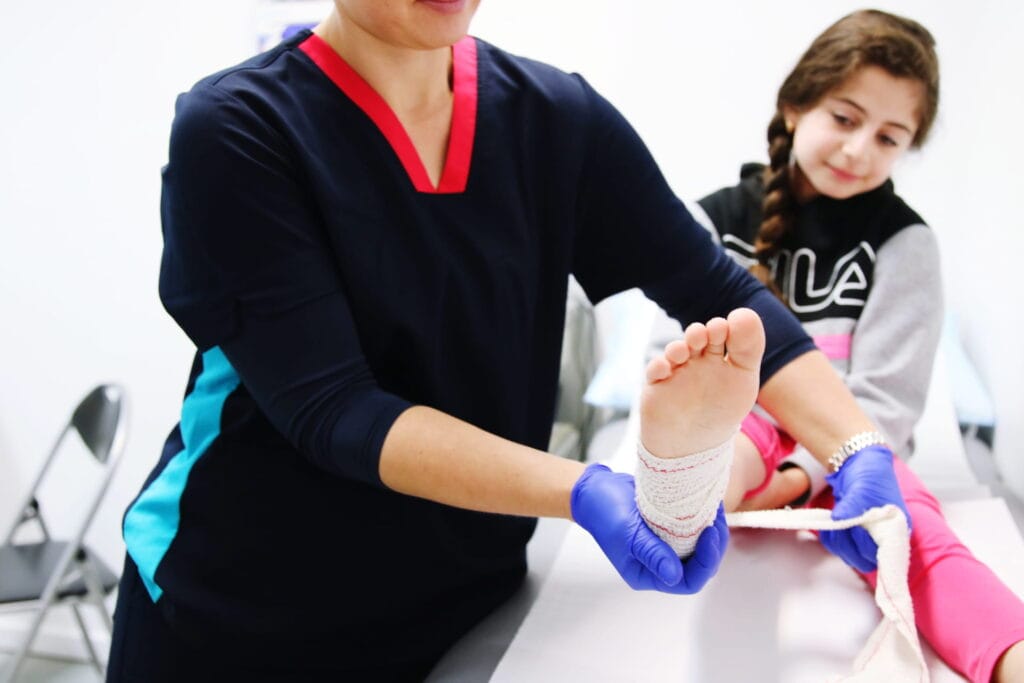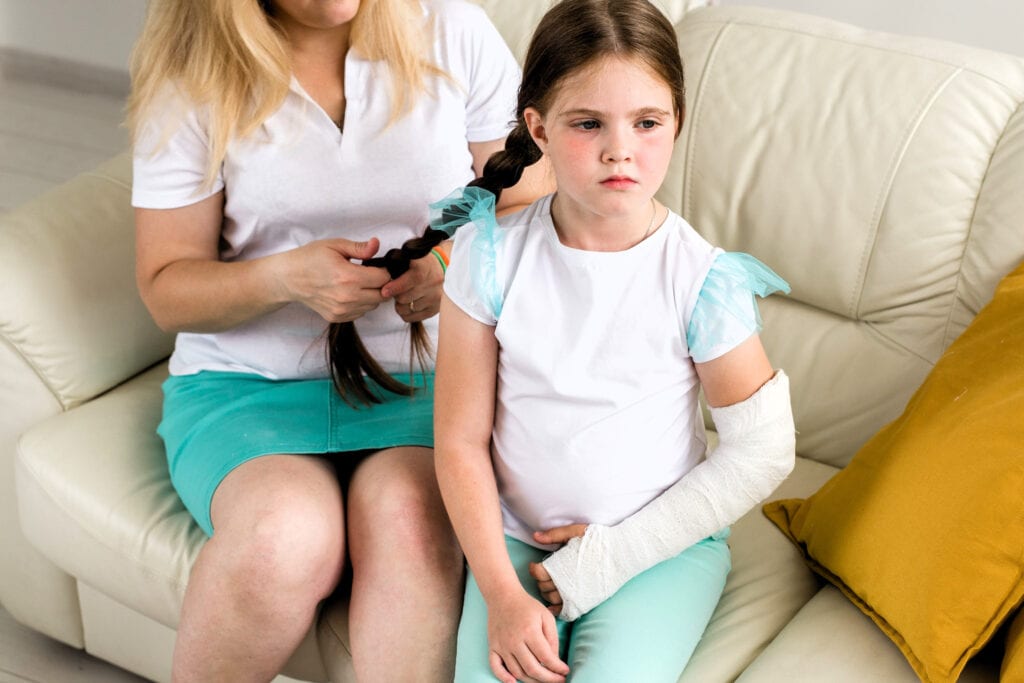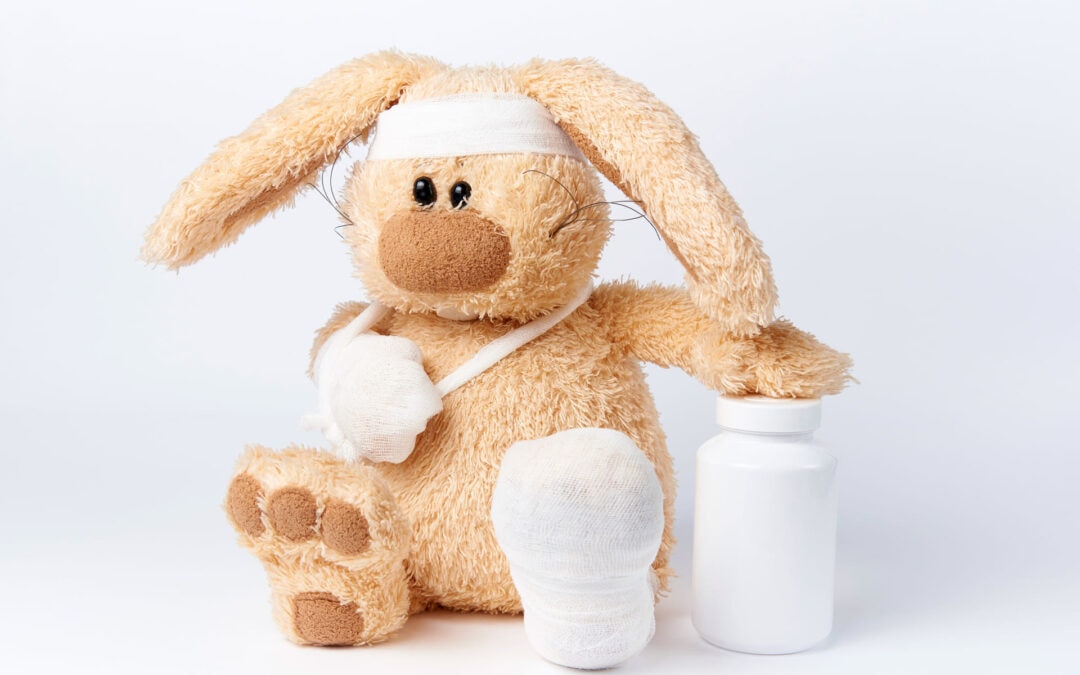Witnessing your child suffer from a bone fracture can be a distressing experience. As parents, we’re often filled with questions and concerns about the best way to manage these situations. This comprehensive guide aims to provide you with the necessary knowledge and tools to confidently handle your child’s fracture, ensuring their quick and safe recovery.
Fracture Fundamentals
Bone fractures in children are more common than you might think. According to the American Academy of Pediatrics, pediatric fractures account for about 25% of all childhood injuries. Understanding the different types of fractures – from simple breaks to more complex ones – is crucial in determining the right course of action.
Initial Response
The first moments after your child sustains a fracture are critical. Remain calm and stabilize the injured area. If the fracture is open or there’s a visible deformity, it’s essential not to move the limb and seek medical help immediately. Prompt action can make a significant difference in the outcome of the injury.
Medical Assessment
Seeking professional medical evaluation is vital. A healthcare provider will assess the severity of the fracture and suggest the best treatment plan. Remember, each fracture is unique, and the treatment will vary accordingly.
Key Questions
During the medical assessment, don’t hesitate to ask your doctor about the type of fracture and the treatment options. Understanding the nature of the injury helps in managing your child’s recovery more effectively.

Treatment Tactics
Treatment for pediatric fractures can range from casting and splinting to, in some cases, surgery. The CDC states that the majority of pediatric fractures are treated non-surgically. The goal is always to ensure proper healing while minimizing discomfort.
Pain Management
Managing pain is a key aspect of treatment. Pain relief methods might include over-the-counter painkillers or prescription medications. Always follow your doctor’s advice regarding medication and dosage.
Comfort Measures
Keeping your child comfortable during recovery is important. Create a restful environment and engage them in activities they can do while immobilized, like reading or games. Comfort also comes from reassurance and emotional support, letting them know that healing is just a matter of time.
Home Care Strategies
Caring for a child with a fracture at home requires attention and patience. Ensure they follow the doctor’s instructions, keep the cast or splint dry, and avoid putting weight on the injured area if advised. Regularly scheduled follow-up appointments are essential to monitor the healing process.
Physical Therapy
Physical therapy plays a crucial role in recovery, especially for more severe fractures. It helps in regaining strength, flexibility, and function. The exercises prescribed by a physical therapist are crucial for complete recovery.
Emotional Support
The psychological impact of a fracture on a child can be significant. Children may feel scared, frustrated, or even angry. Providing emotional support, listening to their concerns, and keeping a positive outlook are all part of the healing process.

Long-Term Outlook
Most children recover completely from fractures with no long-term effects. However, it’s important to monitor their progress and look out for any signs of complications, such as pain after the fracture has healed. Encouraging a healthy lifestyle with a balanced diet and regular exercise can promote stronger bones and prevent future injuries.
Key Takeaways
- Pediatric fractures are common and manageable with the right approach.
- Immediate and appropriate response to a fracture is crucial.
- Professional medical assessment and following a tailored treatment plan ensure proper healing.
- Home care and emotional support play a vital role in your child’s recovery.
- Long-term follow-up is important to prevent complications and promote bone health.
Caring for a child with a fracture can be a challenging journey, but with the right information and support, it’s a path you can navigate successfully. Always rely on Pediatrics’ medical advice and stay informed about the latest in pediatric fracture care. Sharing your experience can also be a source of support for other parents in similar situations. Remember, your patience and care are vital in helping your little one bounce back stronger.
A child with a suspected fracture, indicated by severe pain, swelling, or deformity in a limb, needs immediate medical evaluation. Your Local Pediatrics on Demand is here for you with rapid and accessible care.

